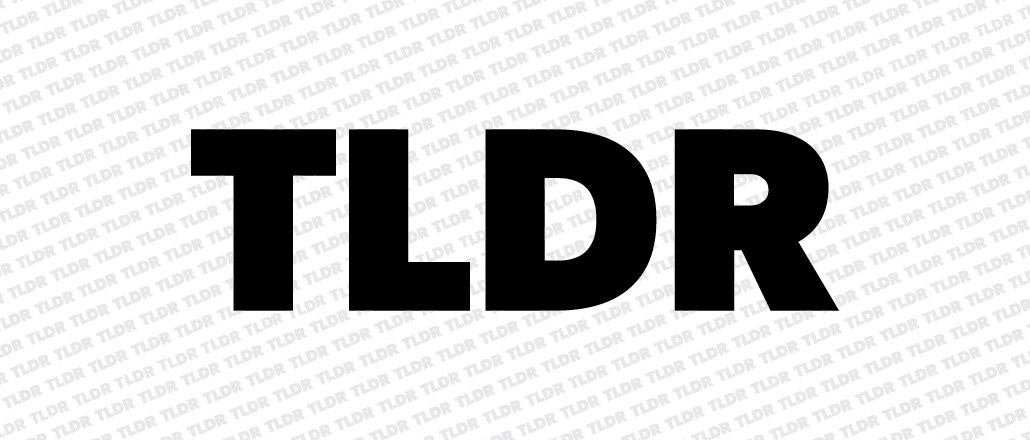
For the past six weeks, Digiday has experimented with a new way for people to get our content.
There’s the regular version of stories, typically clocking in at 500-800 words, and then there’s the 70-to 80-word TLDR version.
The idea is that in a media world rapidly shifting to mobile devices, news content hasn’t done enough to change to fit new behavior patterns. This was a topic that came up in a recent podcast we recorded with Kevin Delaney, president and editor-in-chief of Quartz, who decried the tyranny of the 800-word article, a relic from newspapers.
In order to demystify TLDR — it stands for “too long; didn’t read” — we asked Hannah Yi, our new video producer, to find out if the denizens of New York knew what TLDR stands for. Here’s what we learned.
WTF is TLDR? from Digiday on Vimeo.
More in Media

Walmart rolls out a self-serve, supplier-driven insights connector
The retail giant paired its insights unit Luminate with Walmart Connect to help suppliers optimize for customer consumption, just in time for the holidays, explained the company’s CRO Seth Dallaire.

Research Briefing: BuzzFeed pivots business to AI media and tech as publishers increase use of AI
In this week’s Digiday+ Research Briefing, we examine BuzzFeed’s plans to pivot the business to an AI-driven tech and media company, how marketers’ use of X and ad spending has dropped dramatically, and how agency executives are fed up with Meta’s ad platform bugs and overcharges, as seen in recent data from Digiday+ Research.

Media Briefing: Q1 is done and publishers’ ad revenue is doing ‘fine’
Despite the hope that 2024 would be a turning point for publishers’ advertising businesses, the first quarter of the year proved to be a mixed bag, according to three publishers.





